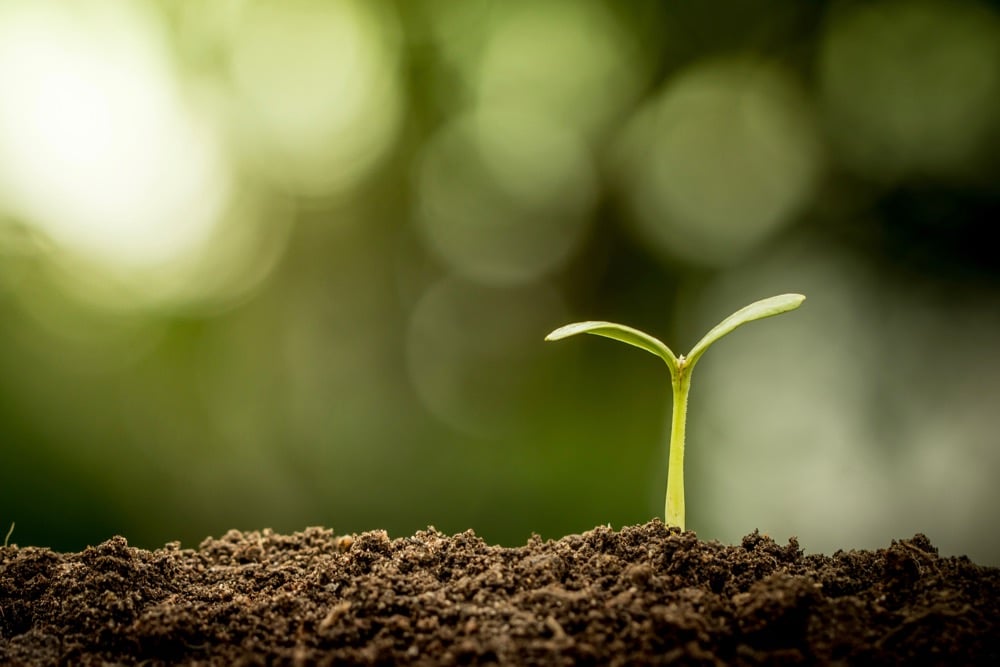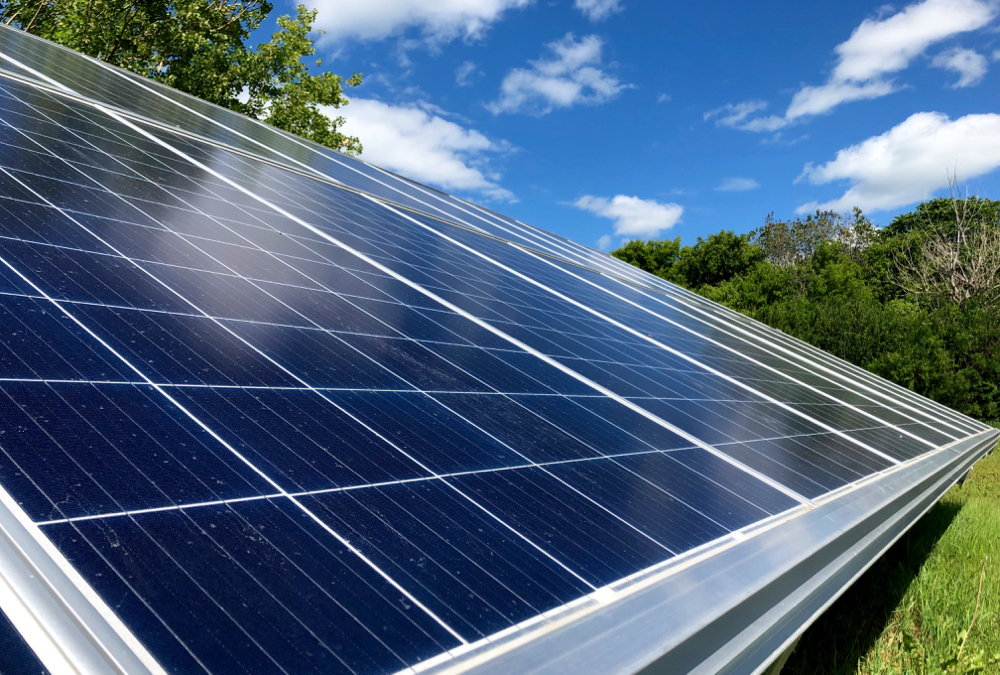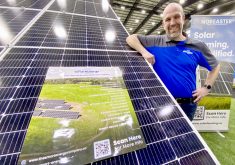Electricity is a major expense for Canadian greenhouse growers. At the same time, large greenhouse facilities offer potential to produce renewable solar energy — but the challenge to date has been how to do that without impacting the growth and productivity of the crop inside.
A potential solution from Ontario solar panel manufacturer Heliene is currently being tried on half an acre in a commercial greenhouse in Grimsby as part of a project funded through the Greenhouse Renewable Energy Technologies (GRET) research and development initiative.
Read Also

Ontario’s agri-food sector sets sights on future with Agri-Food 2050 initiative
The first-ever Agri Food 2050, a one-day industry event dedicated to envisioning the future of food and farming in Ontario,…
“This is a distributive energy project that marries crop growth with electricity generation capabilities,” explains Scott McLorie, vice president of Business Development at Heliene. “This pilot is demonstrating that both crops and solar energy can be harvested from the same land footprint using our technology, offsetting the need to generate power using fossil fuels and lowering carbon emissions from the greenhouse sector.”
The Heliene greenhouse solar panels each contain an energy-producing photovoltaic cell that generates electricity both from the top where the sunlight strikes it and from any reflection coming from underneath. Each cell also has a red polyurethane back-sheet.
It’s this back-sheet that transforms the green light spectrum into red before shining it on the plants below, while at the same time reflecting it back to the photovoltaic cell, which turns it into electricity that can be used in the greenhouse.
“The key is taking green light, which is less beneficial, and transforming that to red,” McLorie says. “Between that and the diffuse nature of the textured solar glass, we expect no reduction in plant growth.”
Students from Niagara College have been helping with the project, testing comparative growth under and outside of the trial solar panels. Electricity generated through the pilot is used in the greenhouse. The trial includes 600 panel modules that were retrofitted into the roof of a 25-year old greenhouse building, with two different cell arrangements — a checkerboard and a stripe pattern — being tested for their impact on crop performance.
To date, the panels have been producing the equivalent of nine per cent of the greenhouse’s annual electricity consumption without any negative impacts on production. In fact, the plants have been performing better and as an unexpected side benefit, the red light has been found to hinder the growth of thrips, a known greenhouse pest.














